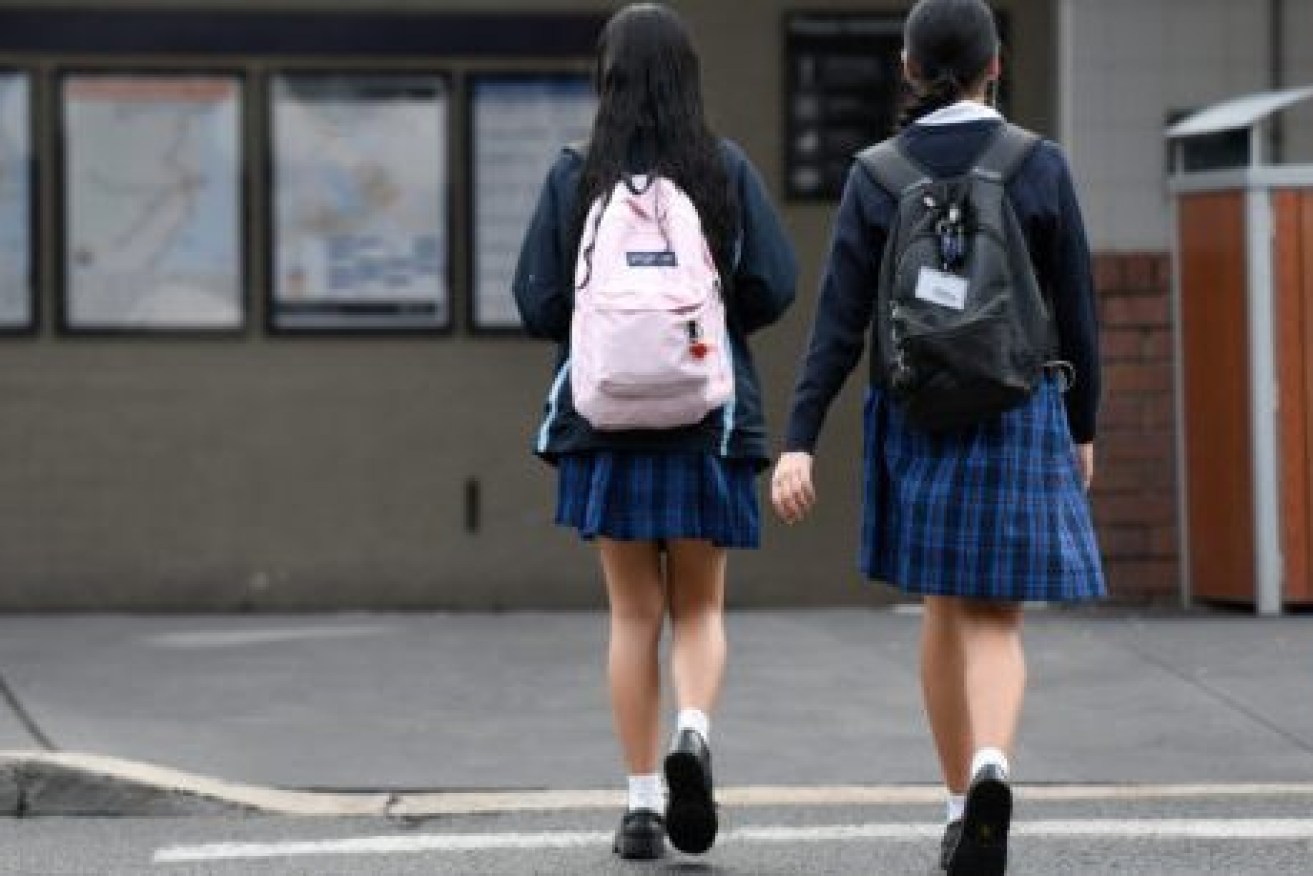Girls do best with the words, while boys crunch the numbers
Girls have once again outperformed boys in reading and writing, according to data from the latest round of NAPLAN tests.

Many families are moving to city fringes to chase lower school fees, cost-of-living pressures. (AAP Image/Bianca De Marchi)
The 2021 NAPLAN national report, released on Wednesday, confirmed that while girls performed better at literacy, boys outperformed girls in numeracy, except for students in year nine.
The national report confirmed data from a preliminary summary released in August that COVID-19 was not detrimental to students’ literacy and numeracy skills.
The national tests for students in years three, five, seven and nine was held for the first time in two years in 2021, after they were scrapped due to COVID-19 in 2020.
Compared to 2019, there were no statistically significant changes in the most recent round of testing.
However, for long-term trends dating back to 2016, the gap between male and female students was widening, according to the report.
The gap widened between high school students for reading but remained stable for writing.
Meanwhile, for primary school students, the gap remained stable in reading and narrowed for writing.
The report found the gender gap was larger for high school students compared to those in primary school for writing.
Other results showed Indigenous school students improved performance in year nine numeracy, compared to 2008 levels, and year three writing when compared with 2011 results.
However, in the past five years there has been no noticeable closing or widening of the gap between the performance of non-Indigenous and Indigenous students.
While the national report confirmed literacy and numeracy skills were overall stable between 2019 and 2021, the gap in results between high and low socio-educational groups widened even more.
Further analysis is being conducted by the Australian Curriculum Assessment and Reporting Authority to determine if the widening was due to the pandemic or part of a longer-term national trend.
Acting Education Minister Stuart Robert said it was encouraging that results between the past two tests remained mostly consistent.
“It is heartening to see that overall NAPLAN results have remained stable with no changes in subject area, year level or jurisdiction,” he said.
“Overall, the national report reaffirmed the preliminary findings that the COVID-19 pandemic and disruptions to schooling had no statistically significant impact on students’ literacy and numeracy achievement.”
The national tests were taken in May by more than one million students at more than 9000 schools.












